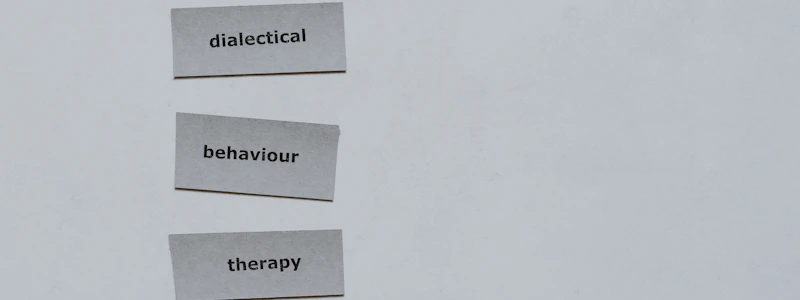Podcast
Questions and Answers
What are attitudes according to the text?
What are attitudes according to the text?
- Beliefs about the world
- Incompatible perceptions about actions
- Evaluative statements about objects, people, or events (correct)
- Emotional responses to situations
What does cognitive dissonance refer to?
What does cognitive dissonance refer to?
- Lack of clarity in thinking
- Incompatibility between attitudes and actions (correct)
- Emotional instability
- Conflict between individuals
What does Festinger's theory illustrate?
What does Festinger's theory illustrate?
- Behavior following attitude
- Consistency between beliefs and actions
- Incompatibility between emotions and actions
- Attitude following behavior (correct)
What determines people's actions according to the text?
What determines people's actions according to the text?
What is the classic experiment of cognitive dissonance about?
What is the classic experiment of cognitive dissonance about?
What are attitudes, as described in the text?
What are attitudes, as described in the text?
According to Festinger, what does cognitive dissonance refer to?
According to Festinger, what does cognitive dissonance refer to?
What does Festinger's theory illustrate about attitudes and behavior?
What does Festinger's theory illustrate about attitudes and behavior?
What is the relationship between attitudes and behavior, according to the text?
What is the relationship between attitudes and behavior, according to the text?
What did the classic experiment of cognitive dissonance, mentioned in the text, demonstrate?
What did the classic experiment of cognitive dissonance, mentioned in the text, demonstrate?
Flashcards are hidden until you start studying
Study Notes
Attitudes and Cognitive Dissonance
- Attitudes are learned opinions or feelings about people, objects, or ideas.
- Cognitive dissonance refers to the mental discomfort or tension people experience when they hold two or more contradictory beliefs, values, or attitudes.
Festinger's Theory
- Festinger's theory illustrates that people are motivated to reduce cognitive dissonance by changing their attitudes or behavior to achieve consistency.
Determinants of Action
- According to the text, people's actions are determined by their attitudes.
Classic Experiment of Cognitive Dissonance
- The classic experiment of cognitive dissonance, as mentioned in the text, demonstrates that people can experience cognitive dissonance when they are forced to behave in a way that goes against their attitudes.
Attitudes and Behavior
- The text suggests that attitudes and behavior are not always consistent, and that people may experience cognitive dissonance as a result.
- Festinger's theory illustrates that people are motivated to reduce cognitive dissonance by changing their attitudes or behavior to achieve consistency between the two.
Studying That Suits You
Use AI to generate personalized quizzes and flashcards to suit your learning preferences.




